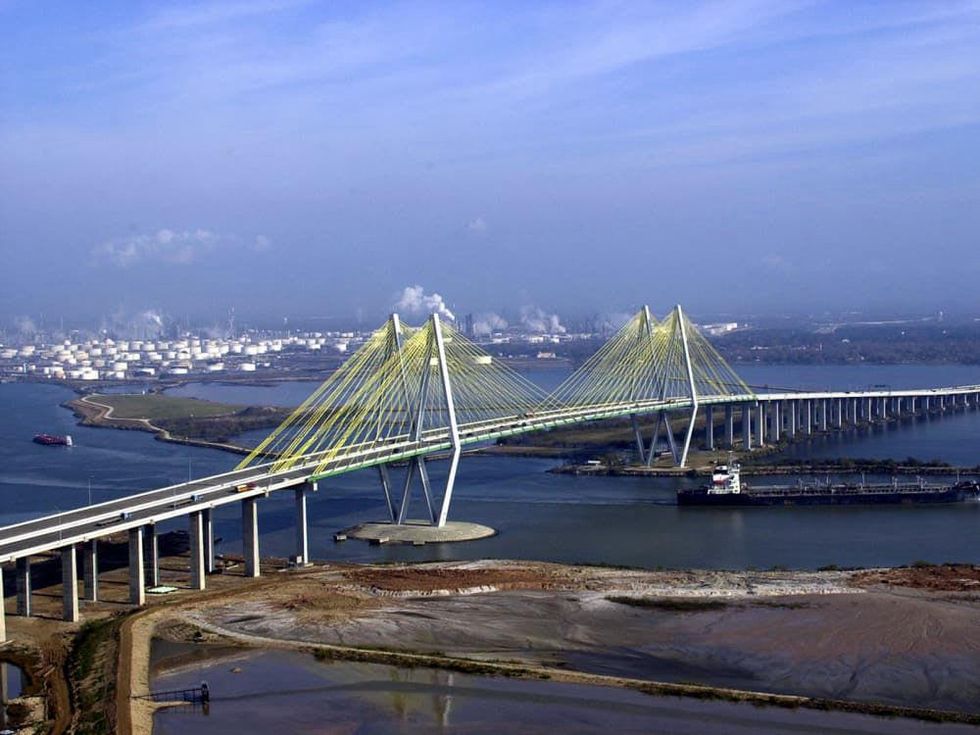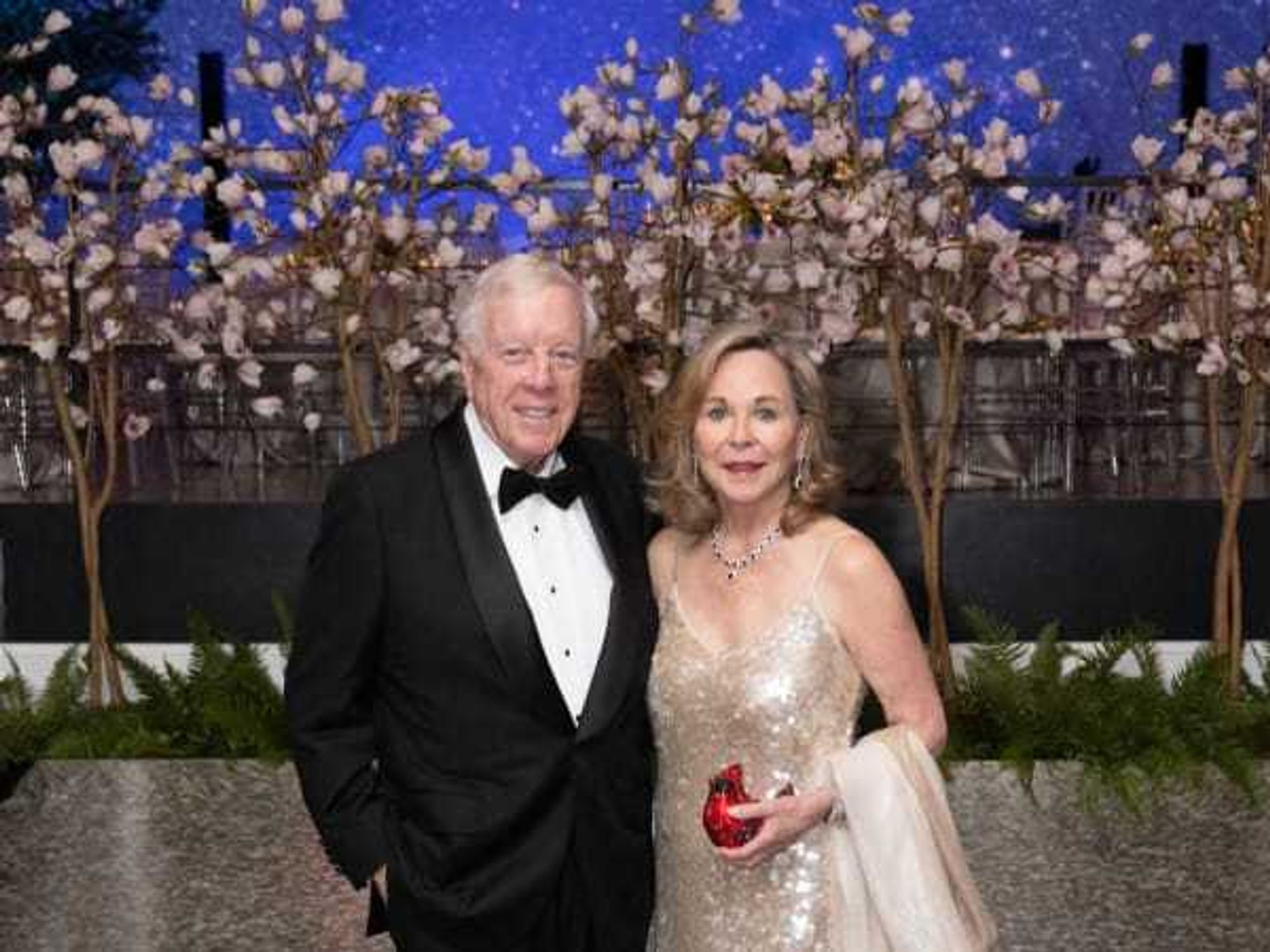We ♥ Hou
Terrible Beauty: Houston's real sense of place lies at its industrial heart

Bruce Webb is a professor of architecture at the University of Houston. He moved to Houston from Pittsburgh in 1973 and never left.
.........................
One of the places I have begun to include on my Houston visitors’ tour is the stretch of State Highway 225 that veers off of the West Loop just north of Interstate 45 toward the hard, industrial muscle of Houston’s economic base. This is definitely off the beaten path for most Houstonians who navigate around town without dipping into the vast Houston terra incognito.
Highway 225 is the seam between several industrial towns – Pasadena and Deer Park are the most prominent – and a linear, petrochemical, industrial compound on the north that is sandwiched between the highway and the bustling Houston Ship Channel. When you get tired of Sunbelt-city simulations of strips and malls, this is where to go to find a hyper-real sense of place.
A significant portion of Houston’s middle class makes its living here (1,700 in Shell Deer Park plant alone), either in the refineries (340,000 barrels a day) or in the chemical plant, where they oversee the execution of recipes for such modern alchemies as phenol acetone, butadiene and epoxy resins. It’s the ultimate case of NIMBY. The plant is volatile; one of its by-products is poisoned air, and town and industry have shared a fitful, nervous boundary for more than 50 years in the kind of symbiotic imbalance that burdens every industrial town in America.
So like many fascinations, the industrial site, too, is a case of terrible beauty. Stretched out in a complex fusion of geometries, it resembles a Buck Rogers city of the future and rivals anything built in the city for its ability to engage the imagination. Its primary assembly is the articulated truss frames and modules of platonic space-forms – spheres, cylinders, rectangular solids of various scales – joined by miles of pipes and precarious walkways and stairs. It’s like a cage for a half-magical, fire-breathing dragon, menacing and toxic. It makes an atmosphere of white smoke and steam that hovers and floats overhead, punctuated by the ignition of flaming safety flares.
The trip reaches a kind of crescendo when the Fred Hartman Bridge's quintet of towers come into view. This daring span, constructed in 1995, replaced an earlier connecting conduit, the Baytown Tunnel, that dealt with the ship channel by sliding beneath it. The bridge is an engineering marvel, but much more than that, it is an object of considerable beauty. One of the most satisfying classes of beautiful things are those that find their beauty unselfconsciously, by pursuing other goals than just looking good. That’s the case with the bridge: It’s minimalist sculpture of a very high order, where nothing is wasted, nothing out of place. It seems to float across the width of water, drawing your eye up into its cathedral-like space.
The bridge cables have been painted a pale canary yellow that makes them seem lighter, more ethereal. To get the most out of the experience, plan your trip in the late afternoon when the long rays of sun out of the west render the refinery skeletons in a kind of chiaroscuro and puff out the spherical gas storage tanks with strong shadows. They play across the array of cables as though they were a musical instrument, and it glows, reflecting the color of the sunset against the gathering darkness to the east. Coming back after dark, the artificial lighting gives the bridge the spectre of an inner glow.
As dark settles the refineries reappear, outlined by thousands of dots of clear white light, and everything becomes more concentrated, intense and lonely on the way home.

